October marks Cybersecurity Awareness Month, a time to spotlight key practices that can bolster digital safety. One such practice is Multifactor Authentication (MFA), also known as Two-Factor Authentication (2FA), a critical layer in protecting personal and corporate data from increasing cyber threats.
What is Multifactor Authentication (MFA)?
Multifactor Authentication is a security method that requires users to verify their identity through multiple forms of evidence, often referred to as “factors.” These factors fall into three primary categories:
- Something You Know: A password or personal identification number (PIN).
- Something You Have: A physical device like a smartphone, smart card, or hardware token.
- Something You Are: Biometrics such as a fingerprint or facial recognition.
MFA combines two or more of these factors to ensure that even if one is compromised (like a password), the attacker would still need the other factor to gain access.
For more details on how MFA works in different industries, you can read this in-depth article.
The History of Multifactor Authentication
The concept of MFA can be traced back to ATMs in the 1960s when users needed both a bank card (something they have) and a PIN (something they know) to withdraw money. However, MFA in its modern digital form gained prominence in the early 2000s with the rise of online banking and e-commerce. As cyberattacks evolved, single-factor authentication, such as a password, became insufficient to secure sensitive data.
By the 2010s, MFA became widely adopted across industries due to the increasing sophistication of cyber threats. Businesses, governments, and individuals recognized that securing accounts with just a password left them vulnerable to phishing, data breaches, and brute force attacks.
Why is MFA Important?
- Protection Against Phishing and Password Attacks: Cybercriminals often steal or guess passwords through phishing attacks or brute force methods. With MFA, even if they obtain your password, they still need the second factor (e.g., your mobile device) to access the account.
- Secures Personal and Corporate Data: For businesses, MFA helps protect sensitive data such as customer information, financial records, and intellectual property. Implementing MFA significantly reduces the risk of unauthorized access to internal systems.
- Reduces Risk of Identity Theft: Identity theft can occur when attackers access personal accounts using stolen credentials. MFA creates an additional barrier, making it harder for them to misuse compromised information.
- Compliance with Regulations: Many industries, especially those dealing with sensitive data like healthcare and finance, are required to implement MFA to meet regulatory standards, including GDPR, HIPAA, and PCI-DSS.
- Adapts to Modern Security Threats: With the rapid growth of cloud services and remote work, users access data from various locations and devices. MFA ensures that access is granted only to authorized users, mitigating the risks of remote work vulnerabilities.
Types of Multifactor Authentication
There are several ways to implement MFA, each with different levels of security:
- SMS-Based MFA: A code is sent to the user’s mobile device via text message. While convenient, this method is vulnerable to SIM-swapping attacks.
- App-Based MFA: Apps like Google Authenticator or Microsoft Authenticator generate time-sensitive codes, offering a more secure option than SMS-based MFA.
- Hardware Tokens: A small device generates unique codes or connects via USB to confirm the user’s identity. YubiKey is a popular example of this.
- Biometrics: Fingerprint scans, facial recognition, or voice recognition provide an additional layer of security and are difficult for attackers to replicate.
For more insights into choosing the right MFA solution, check out our Cybersecurity Services page
The Future of MFA
As cyber threats evolve, so will MFA. Innovations in biometric technology, like iris scanning or behavioral biometrics (tracking how users interact with their devices), are likely to become more mainstream. Additionally, the rise of passwordless authentication, where biometric data or hardware keys replace traditional passwords, is already underway.
How TrinWare Can Help
At TrinWare, we understand the vital role MFA plays in protecting businesses from modern cyber threats. Our TrinFortress service helps organizations implement strong cybersecurity protocols, including the integration of MFA solutions tailored to your specific needs. From choosing the right MFA method to ensuring seamless adoption across your team, our experts will help safeguard your digital assets.
Conclusion
Multifactor Authentication is one of the simplest yet most effective methods to enhance security in a world where cyberattacks are becoming more frequent and sophisticated. By adding an additional layer of protection, MFA drastically reduces the risk of unauthorized access and helps secure both personal and corporate data.
Stay secure this Cybersecurity Awareness Month—consider enabling MFA on all your accounts and let TrinWare guide your business toward a safer digital future.


